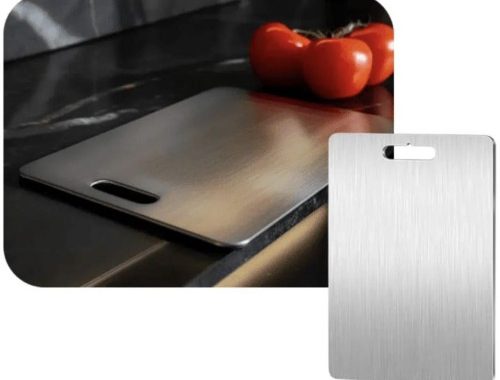Packing 101: Long Term vs Short Term Storage
 When packing, people have to consider the type of boxes to use and the best material for packaging, the type of tape used in securing them properly, and how they will be stacked. But there is something else that is just as important as the material used in packing your belongings for storage. What many people don’t know is that you need to pack items differently depending on whether you are putting them in short or long term storage, and the order you put them is also different. This will help you in staying organised and keeping all your items safe. It will save you money, time, and damaged goods.
When packing, people have to consider the type of boxes to use and the best material for packaging, the type of tape used in securing them properly, and how they will be stacked. But there is something else that is just as important as the material used in packing your belongings for storage. What many people don’t know is that you need to pack items differently depending on whether you are putting them in short or long term storage, and the order you put them is also different. This will help you in staying organised and keeping all your items safe. It will save you money, time, and damaged goods.
Short Term Storage
Short term storage refers to anything between a few days and three months. It is seen as a stop-gap measure – something flexible that gives you some more space when needed. Many people use short term storage when moving houses, renovating their home, or when relatives are staying over. Short term storage is perfect for those times you feel like you need some space.
There is no need to get dust covers for big items such as furniture. This is because the time is not long enough to result in dirt forming and settling, which is why you don’t need any intensive protection. You can get the same level of protection by using an old bed sheet.
You should make sure you have an aisle in the middle of the storage unit. This will make it easier for you to get in and out in a short time. Take the boxes and arrange them against the wall and stack them, and use as much vertical space as safely possible.
Keep in mind fragile items. For short-term storage, most of the things won’t need intense protection and packing, but you will still need to take care of the fragile or valuable items. You need to give them more attention because they are going to be moved often and this increases their risks of breakage. You should make sure these items have been properly wrapped and protected, and stored in a place where they won’t be shifted or damaged.
Long Term Storage
Long-term storage is exactly what it says: it provides you with a place, such as Blue Box Storage, to store your items for a long period of time, usually over three months. If you choose long-term storage, there are some things you need to keep in mind:
- Avoid using plastic bags to pack. While plastic bags might seem like great protection from water damage, the opposite is true – they are going to trap moisture and speed up mould and mildew growth.
- Invest in sturdy boxes. While you might save some money recycling boxes from other people’s houses moves, packages delivered to you, or grocery trips, it is not a good idea to use them for long-term storage because they were not designed to do that, there is a lot of strain involved with long-term storage. It is important to get boxes that have a corrugated cardboard lining, and they should also be the same size so you can have an easier time stacking them. You can also choose plastic stacking boxes, but you need to choose only boxes that are of high quality.
- Treat fragile items well. You should wrap fragile items individually using a wrap and/or newspaper, then mark the boxes. You should then put them in a safe place that is away from the rest of your stuff.
- Seal clothes and fabrics. It is a great idea to store your clothes, curtains, and general soft furnishings in vacuum-sealed bags because it is going to protect against damage and insects.
- Clean appliances thoroughly before putting them in storage. Use baking soda or bleach to wipe down the exterior and interior of the appliances because it is going to kill bacteria – and this reduces the risk of mould growing during storage and spreading to the other items.
- Stack everything on pallets. Use them to fix the flooring of the unit before putting anything inside, and make sure all your items have pallets at the bottom. This is going to elevate your items to avoid damage and it ensures there is air flowing throughout the storage unit.
Whether it is short or long term storage, the one rule you need to follow is labelling everything properly, even if the items are going to be there for only a week. It is also a good idea to have an inventory list of the items in the storage unit on your phone or a clipboard so you can have an easier time finding what you need.





